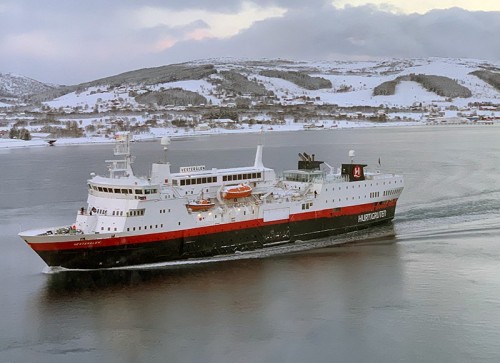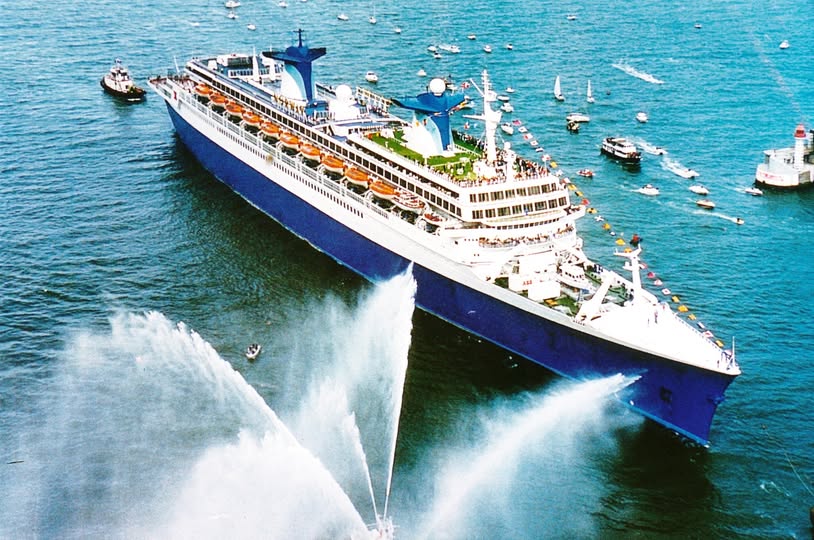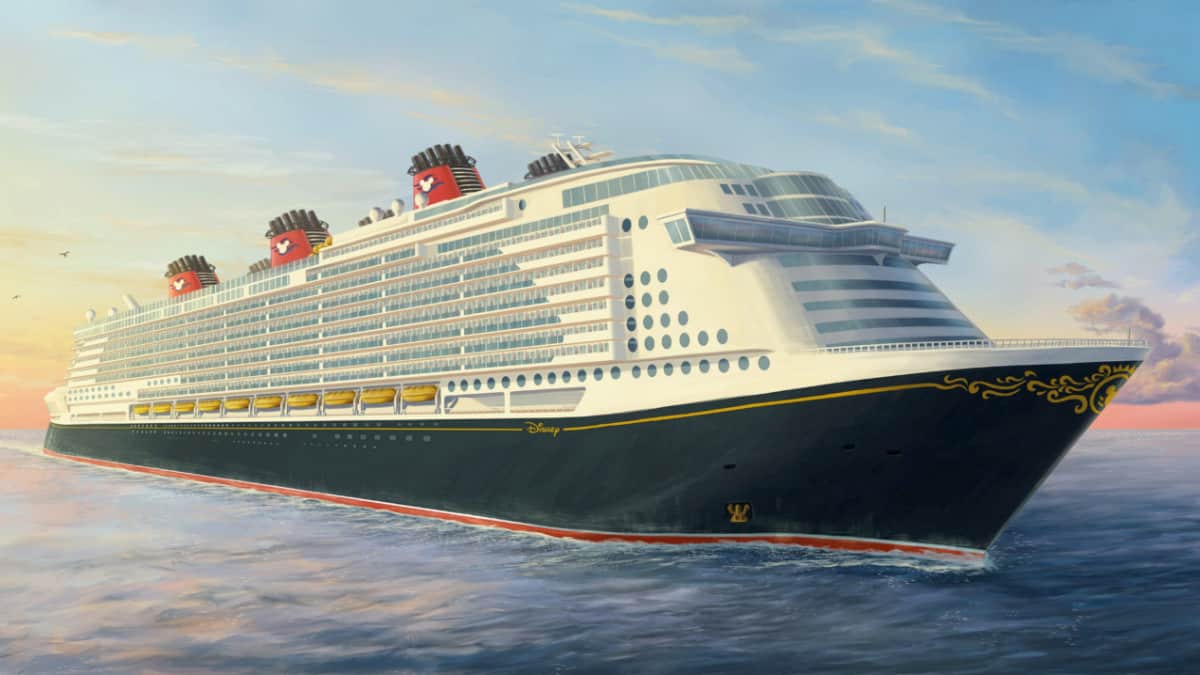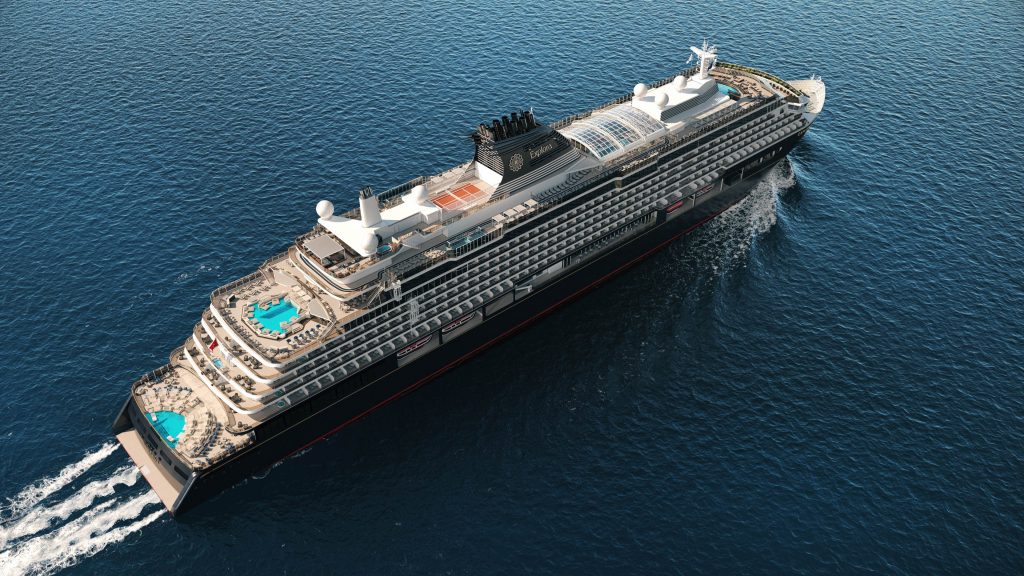For interior photographs of Hurtigruten ships please check out the Cruiseships-page where Fram, Midnatsol, Nordnorge and Trollfjord are featured; interior photographs of the 1952 built Hakon Jarl can be found on the Static ships page.

Èvery day of the year, one of the coastal express ships of the Hurtigruten-service leaves the port of Bergen, Norway, for a twelve-day trip along the coast of Norway, around the North Cape to Kirkenes just before the Russian border. On their way the ships call at 34 ports, some of them just to load and offload freight and passengers.
Norway has for a long time been dependent on ships as in the northern part of the country this was the only way to travel. The authorities put out tenders to encourage shipowners to invest in coastal shipping services but this led to nothing. The Norwegian coast, with no dependable sea charts available an often having inclement weather was a dangerous place to navigate.
What was needed was a shipping service to connect the north to the south, carrying freight and domestic travellers. Shipping activity in the beginning was limited to the North Company of Scotland starting to use the St. Rognvald on short cruises from Britain to Norway. This was financially very successful, and the company ordered a second vessel, St. Sunniva, capable of carrying 130 passengers. Before this venture, Det Nordenfjelkse Dampskipsselskab of Trondheim and Bergen Line had organized cruises to the North Cape in 1883.
In the meantime, inhabitants of Norway still didn’t have any reliable means of transportation. Captain Richard With decided he wanted to fill this gap and he founded Vestraalens Dampskipsselskab. In 1881 the company’s first ship Vesteraalen was taken into service, sailing from Bergen to northern ports. It was a very successful venture and Lofoten, a second ship was added.
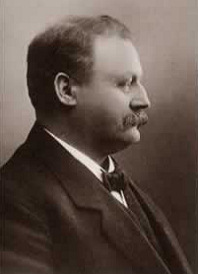
In 1892, the government awarded With a contract for a weekly service for the transportation of passengers, cargo and mail for four years. So in 1893, under the command of captain With, the company’ s second Vesteraalen, larger than her predecessors, left Trondheim on July 2nd for Hammerfest..
It was the start of Hurtigruten, local inhabitants were thrilled.
Seeing the success of Vesteraalen company, other parties were interested in sailing the Norwegian coastal route. The government allowed two of them to enter the trade, but with one ship only. Bergen Line and Nordenfjelske took turns in delivering a ship as from 1984.
As tourism to Norway started to increase, the Hurtigruten service prospered, and Bergen Line wanted the starting point of the service to shift to the new southern port of Bergen. This was supported and from 1898 Bergen became the starting point of the Hurtigruten service. On the other side, on the northern part of the route, Hammerfest was replaced by Kirkenes in 1914 in order to also serve the most northern community of Norway.
The Hurtigruten service continued until the second world war, larger ships were built, like Sanct Svithun and Prince Olav (which had been the former British Royal Yacht Alexandra until 1925) offering greater luxury on the route, otherwise being served by quite austere ships.
Unlike WWI when Norway remained neutral and didn’t suffer much, in WWII German forces invaded Norway. Hurtigruten ships were confiscated and placed under German command. The company lost several ships, being torpedoed or damaged by mines.
Just before the war in 1938, a daily service had been started from Bergen and after the war, after repairs had been made to surviving ships and port installations the service was continued again. But new tonnage was desperately needed and seven ships were ordered to modernize the fleet measuring appr. 2,100 GRT. Four were built in Denmark which started service between 1949 and 1952 and another three vessels were delivered from the German yard of Blohm & Voss.

Now, with these new ships added to the fleet, Hurtigruten service was thriving again and known for its reliability and punctuality. To modernize the fleet even further again four vessels were taken into service between 1960 and 1964. One of these ships ms Lofoten, has survived and now having been declared a national monument still remains in active service.
Around 1980, it became evident that the older Hurtigruten ships were at the end of their lives and needed replacing. But Norway had now struck gold, black gold, as it was exploiting large oil fields of the Norwegian coast and the nation flourished financially. At last the northern part of the country was made accessible by building an infrastructure of roads, bridges etc. As a result, for Hurtigruten freight tonnage had dropped as well as passenger loads, from 450,000 to almost half of this, 230,000. Was Hurtigruten still viable at this point?
A restructuring took place, Bergen Line withdrew and now Hurtigruten was operated by companies from northern Norway only, like TFDS, which took over Bergen lines’ four vessels.
It was decided to modernize the fleet with ships carrying around 200 pax. Midnatsol and Narvik came online in 1982 and Vesteraalen a year later in 1983. They became known for their observation lounge on their top decks having glass ceilings which were added later to attract more tourists. Also, to increase capacity, more cabins were added.


Now, it became clear that more and more tourists came to sail on Hurtigruten ships to enjoy Norway’s stunning fjords and coastline. It was therefore decided that new ships would concentrate more on passengers than on cargo. These new ships would resemble cruise-ferries, being far more luxuriously appointed than their predecessors, but with keeping in mind that there was still a considerable number of local passengers. They would carry mostly refrigerated cargo which was loaded through side doors.
For this fleet-renewal-program, East-Germany built Kong Harald, Nordlys & Richard With in 1993/ 94. Polarlys, Nordkapp & Nordnorge were constructed in Norwegian yards in 1996/ 97. With a length of 135 m and with a tonnage of appr. 12,250 they all had different interiors, done by Norwegian firms to ensure that these ships had a Norwegian atmosphere on board.

The older vessels dating from 1982/ 83 were becoming outdated now and needed replacing. So Trollfjord, Finnmarken and Midnatsol entered service in 2002/ 2003 to upgrade and modernize the fleet. They introduced two story high forward observation lounges with 270 degree windows offering magnificent views.
Hurtigruten ships occaisionally went on cruises, already since the 1960’s, Hurtigruten ships were taken out of regular coastal service to make trips to Spitsbergen attracting lots of foreign travelers. Now Nordnorge started cruising to Antarctica and the Chilean fjords, and later Midnatsol was also shifted to cruise service. This showed the need for a custom built expedition vessel which was delivered from Fincantieri, Italy in 2007. Fram, named after the original vessel of explorers Fridtjof Nansen and Roald Amundsen and being Hurigruten’s first full time cruise ship, spends her time in Arctic waters and Greenland in summer and the Antarctic in winter.

In 2016, it was decided to purchase the 2009 built vessel Atlantida. She was intended for ferry service to the Azores, but when she could not meet her contract-speed, her intended owners refused delivery and she remained in lay-up for years at the Portuguese yard who built her. After having been rebuilt at Fosen yard in Norway she entered service as ms Spitsbergen in 2016.
Recently, apart from updating the older vessels of its fleet, Hurtigruten has ordered two new vessels carrying 530 passengers and weighing 20,900 GRT. They are extremely environmentally friendly as the use of new all-electric-hybrid technology will lower fuel consumption and CO2 emisson. These expedition vessels can sail for 30 min. using electric propulsion, so they can slide through the water being absolutely silent, which will be a spectacular experience for passengers as wildlife won’t be disturbed. These new ships, Roald Amundsen & Fridtjof Nansen, can be used incidentally on the Hurtigruten coastal express run, but will be used mostly as soft expedition ships. There is an option to built two more of these revolutionary vessels.

It can safely be said that Hurtigruten is firm on track, having diversified from the original coastal express service to expedition cruising with 4 purpose-built vessels.
And for those who love to sail on the older vessels, like the earlier mentioned Lofoten (1964) which is still in service on the Hurtigruten coastal express service and Nordstjernen of 1955 which is now owned by Vestland Marine and spends her time cruising, this is still possible. Hurtigruten also still operates the charming Vesteraalen (1983), and when you pay a visit to the Hurtigruten museum in Storkmarkness the old Finnmarken of 1956 is on display on shore! Finally ms Serenissima ex Harald Jarl (1960) has been beautifully refitted and is in active cruise service.

